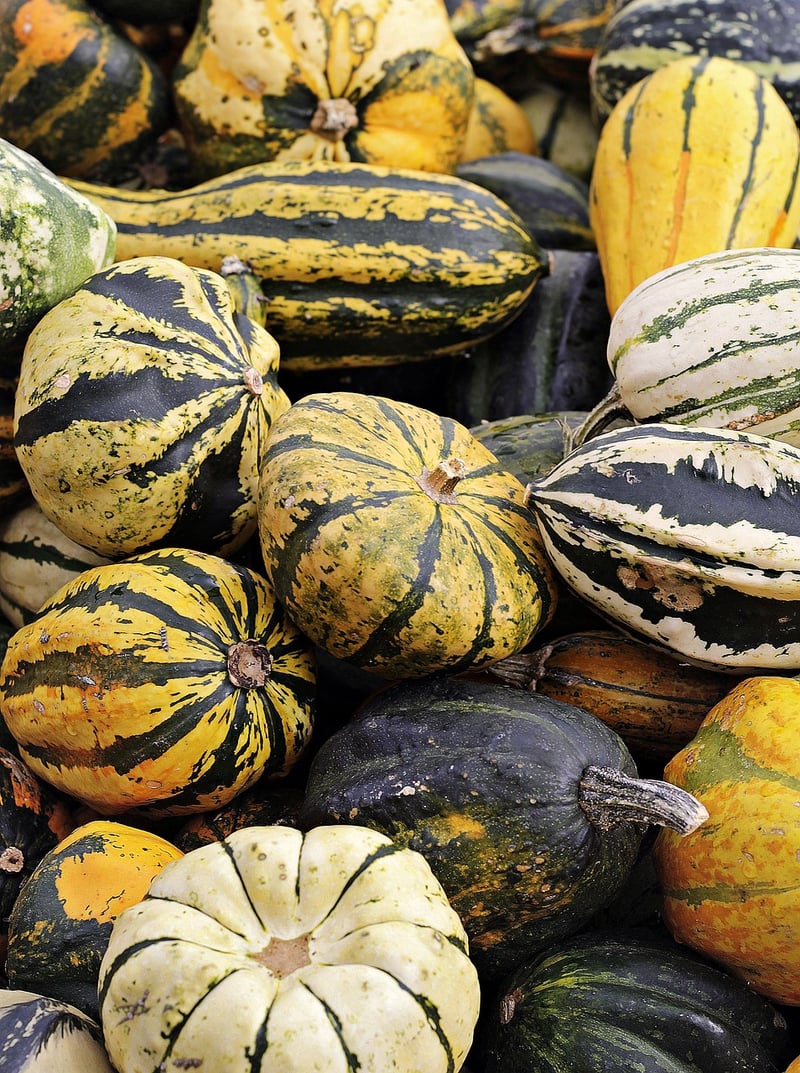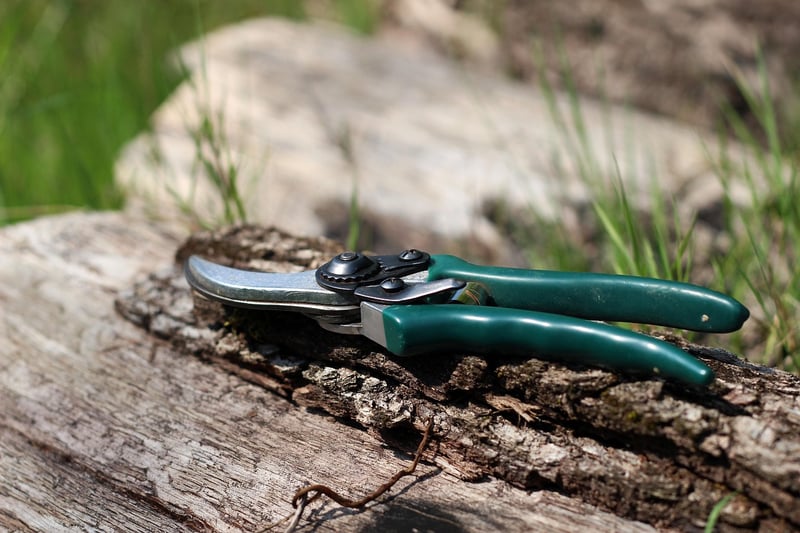Pruning Techniques
Keeping Your Garden Healthy: Essential Pruning Techniques
Having a healthy garden requires more than just watering and weeding. Pruning is a crucial practice that promotes plant growth, enhances appearance, and prevents diseases. Learn about some essential pruning techniques to keep your garden in top shape.
1. Why Pruning is Important
Pruning helps plants by removing dead or diseased branches, improving air circulation, and shaping the plant for better growth. It also encourages the development of flowers and fruits.
2. Tools for Pruning
Investing in quality pruning tools like hand pruners, loppers, and pruning saws is essential for clean cuts that promote plant healing. Ensure your tools are sharp to avoid damaging the plant.
3. Techniques for Pruning
3.1 Deadheading
Remove spent flowers to encourage new growth and prolong blooming periods. This technique is especially beneficial for flowering plants like roses and petunias.
3.2 Thinning
Thinning involves removing excess branches to improve light penetration and air circulation within the plant. This helps reduce the risk of fungal diseases.
3.3 Heading
Heading cuts involve trimming the tips of branches to promote bushier growth. This technique is useful for shaping shrubs and encouraging denser foliage.
3.4 Rejuvenation
For overgrown or neglected plants, rejuvenation pruning can help revive them. Cut back the plant significantly to stimulate new growth and restore its vigor.
4. When to Prune
Timing is key when it comes to pruning. Generally, prune flowering shrubs after blooming, prune summer-flowering trees and shrubs in late winter or early spring, and prune winter-flowering plants after they bloom.
5. Conclusion
Pruning is a fundamental practice for maintaining a healthy and vibrant garden. By using the right tools and techniques at the appropriate times, you can ensure your plants thrive and enhance the beauty of your outdoor space.

Remember, proper pruning not only benefits the plants but also contributes to the overall aesthetic appeal of your garden. Stay informed about the specific needs of your plants and tailor your pruning techniques accordingly for optimal results.
Happy pruning!
